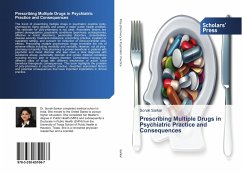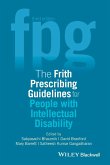The trend of prescribing multiple drugs in psychiatric practice (poly-pharmacy)is rising globally and poses a major public health problem. The rationale for poly-pharmacy is not clear. Associated factors are patient demographics, psychiatric conditions (psychosis, schizophrenia, affective or mood disorders), personality disorders, comorbidities, disease severity, treatment-resistance, prescribing practice, inpatient or outpatient setting, and concern for reduction of extra-pyramidal side-effects. Prescribing multiple psychotropic drugs increases the risk of adverse effects including morbidity and mortality. However, not all poly-pharmacy is harmful. Poly-pharmacy is proven beneficial in patients with psychotic and mood disorder who also have a dual diagnosis with substance abuse, personality disorder and certain medical conditions including thyroid, pain or seizure disorder. Combination therapy with different class of drugs with different mechanism of action have beneficial therapeutic consequences. This book highlights the problem of poly-pharmacy in psychiatric practice, describes associated factors and potential consequences that have important implications in clinical practice.
Bitte wählen Sie Ihr Anliegen aus.
Rechnungen
Retourenschein anfordern
Bestellstatus
Storno








